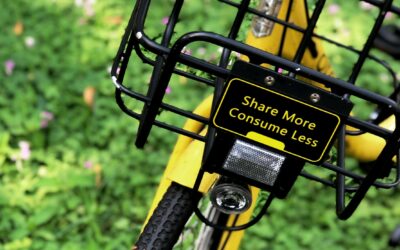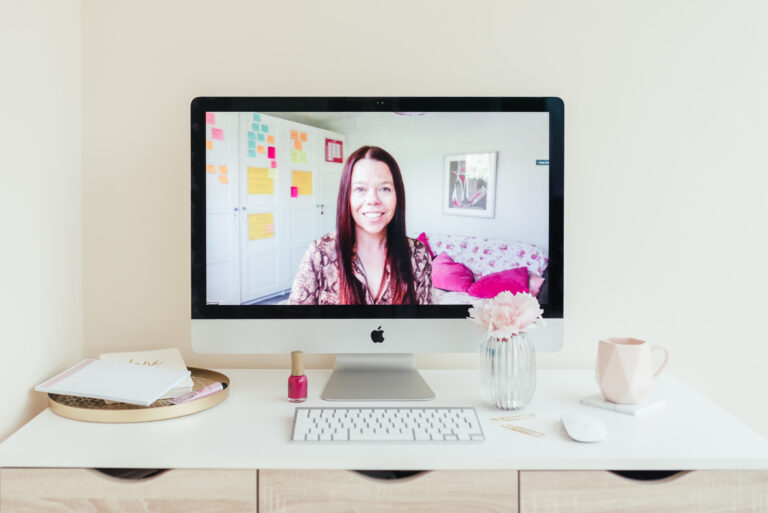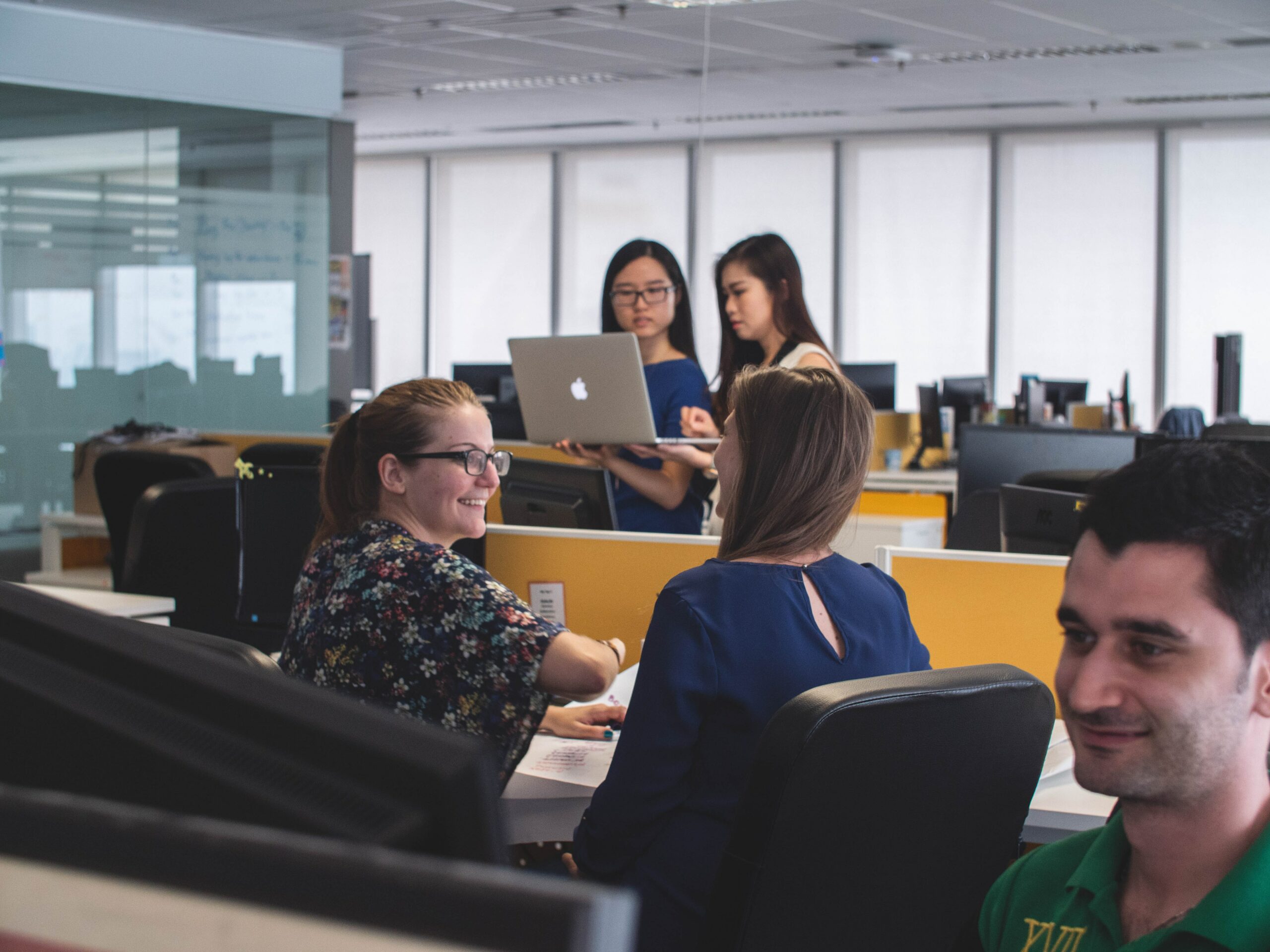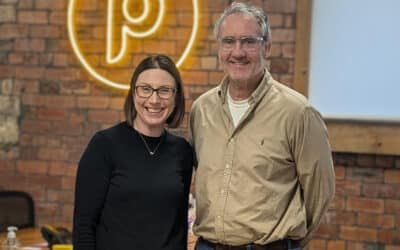PR Consultant Natalie Trice was named one of the top women in media by About Time Magazine in 2019 and helps PR and media professionals create the confidence, career and life they want.
She has extensive experience supporting people in the industry, and has found numerous strategies agency leaders should be implementing to make sure that at this particularly difficult and isolating time, that teams are working with confidence and positivity – not feeling undue pressure.
Make a cup of coffee, sit down, and let’s talk industry issues.
No, I’m not about to declare that print is dead – a myth circulating amongst the digital scene at the moment, but I do want to talk about mental health. Specifically, the mental health of PR professionals who have the enormous task of managing a rollercoaster of emotions.
I’ve worked in PR for over two decades and not only do I love it, I also think it’s one of the most rewarding careers you can pursue. As well as being a key part of clients’ growth, we get to experience the highs of scoring quality coverage in key publications, managing events, and securing exclusive interviews. But these can be short-lived with the constant need to prove value and the desperate attempt to always do more.
Unfortunately, this desire to always do more could be flowing through the entire agency and onto employees right now, putting them at increased risk of feeling undervalued, overwhelmed and doubting their own abilities.
I’m not here to tell anyone off or criticise. After all, I’ve run an agency for 14 years and I know all too well how easy it is to fall into this trap – but the good news is that there are small steps agency owners can take to increase employee mental wellbeing and teach them to thrive, not just survive.
Why now?
A recent survey by the CIPR revealed that over half of respondents reported their agencies had placed ‘a lot’ of value on communications during COVID-19. It’s no surprise then that 82% also answered ‘yes’ to feeling a mental health impact of the pandemic. If we take a closer look, we can pretty much determine a strong link between the two.
We’ve all had to adapt to changing news cycles, journalists switching specialisms and publications wanting COVID-19 related content, and it’s meant that what would normally work has gone out of the window. It’s been so much harder to secure the coverage the client desperately wants and that has caused panic among agency owners.
Panic can cloud our vision and make us more likely to put extra pressure on employees to do more. Amid the demands to follow up, pitch to everyone and work additional hours, employees’ mental health deteriorates.
Agency owners are concerned about client drop-offs, revenue decreases and the huge overheads needed to keep the agency operating. But, without a passionate, driven, thriving and confident team, those things would be an issue anyway.
SWOT the week ahead
When a new client comes on board, one of the first things we do is complete a SWOT analysis, so that we can determine their strengths and weaknesses and understand what opportunities and threats exist.
Why not use this method then to analyse the week ahead?
Strengths – what do employees feel they are the best at and where are they doing this? Weaknesses – what areas will each employee need support on this week? Do they require additional help or perhaps some form of training?
Opportunities – what opportunities does the week ahead present? Including the entire team in these decisions will make them feel more valued and a real part of what is going on. Threats – what is happening in the world at the moment that could prevent coverage being secured? Will campaigns need to be stopped if lockdown rules change?
Putting this down on paper at the start of the week, and revisiting at the end, can really help keep people feeling valued and motivated.
Start a bank of ideas
I for one have been in a situation in the early days when my ideas were shot down in an instant and it felt horrible and my confidence took a beating at a time when it was already pretty fragile.
I’m not saying allow all ideas to be developed into full campaigns and executed without thought, but it is a good idea to give praise when employees use their initiative.
Creating a shared document where employees can add their creative ideas is a great way to do this.
At the end of the week, why not all come together virtually to review the ideas and see how they might be used? If they can’t be used, could they fit in with another campaign later in the year, or adapted?










